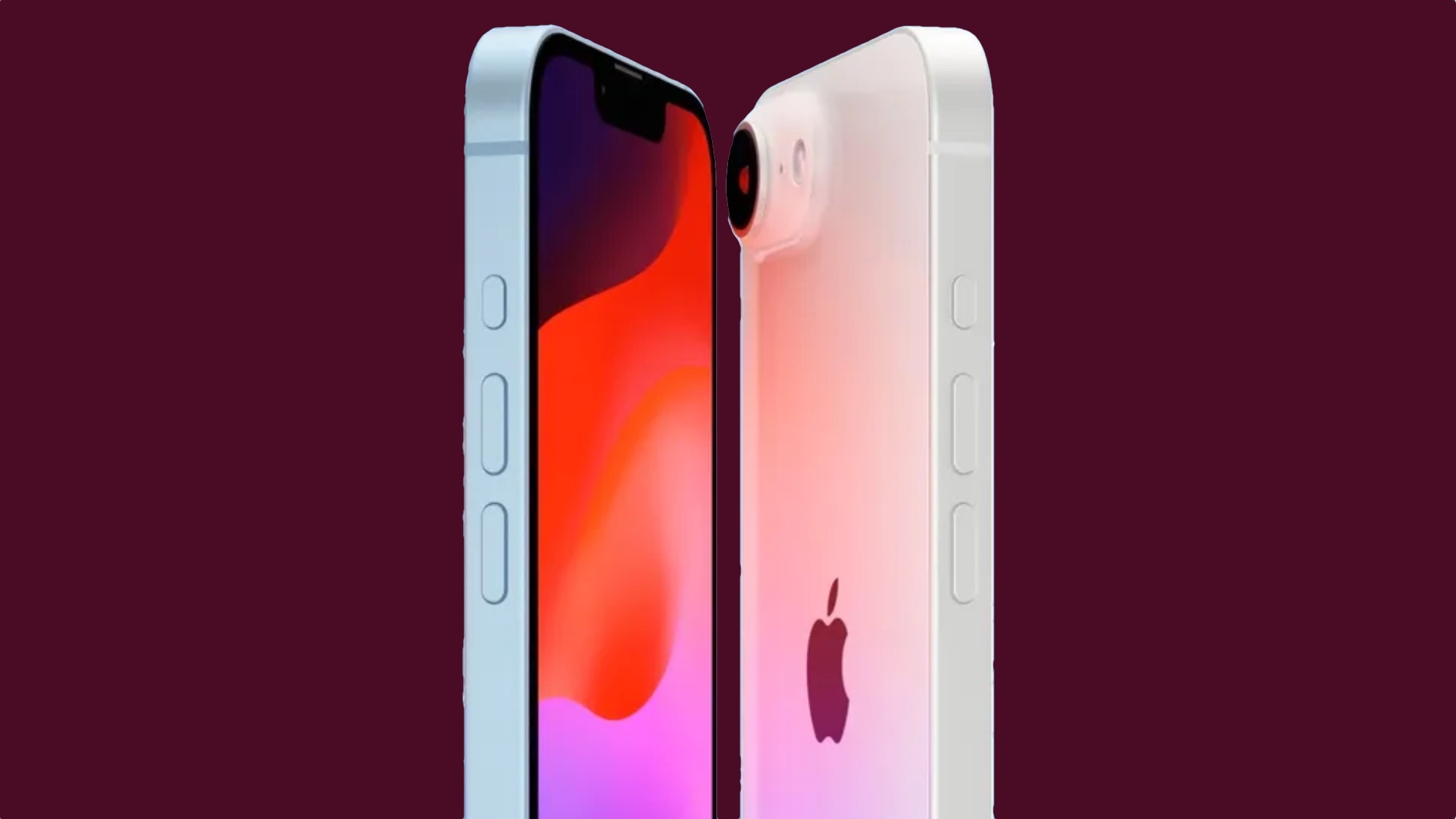
Apple is one of those companies that prefers to do things its own way, rather than farming it out to third parties. That’s why so many iPhone components, from chips to display glass, are all done in-house. However, Apple seems to have trouble with connectivity, with reports painting a very turbulent process for things like 5G and Wi-Fi chips. That might be set to change.
According to analyst Ming Chi-Kuo, Apple is set to switch to an in-house Wi-Fi and Bluetooth chip some time in the second half of 2025 — starting with the iPhone 17. He also agreed with previous reports that the Apple-made 5G modem will debut on iPhone SE 4 — but the cheap iPhone won’t have the new Wi-Fi chip.
When asked, Kuo claimed that the Apple 5G chip won’t be an all-inclusive connectivity chip powering Wi-Fi, Bluetooth and 5G. Instead he says that the two chips are totally separate, meaning the iPhone SE 4 will still be using a Broadcom Wi-Fi antenna when it arrives in early 2025.
Apple will reportedly start reducing its reliance on Broadcom’s chips over time, with Kup suggesting this process may take around three years to complete. So by the end of 2028 all new Apple devices should come packing an Apple Wi-Fi chip.
As for the 5G modem, we’ve already heard that this will supposedly go through a similar rollout. However we already know from Qualcomm that it will be supplying 5G modems to Apple until at least March 2027. So that gives us an indication of how long a rollout Apple may be planning for 5G.
According to Kuo, Apple will start using both chips “simultaneously” from the second half of next year, which means we might well see both in the iPhone 17. It’s unclear how much of a difference this will make for wireless performance, but Kuo believes that bringing production in house will help lower costs and “enhance Apple's ecosystem integration advantages.”
But considering the problems Apple is reported to have had in this area, I wouldn’t get my hopes up about this just yet. So we’ll just have to be patient and wait for the chips to actually arrive, and hope that we don’t end up with a repeat of the iPhone 4’s infamous connectivity problems.







